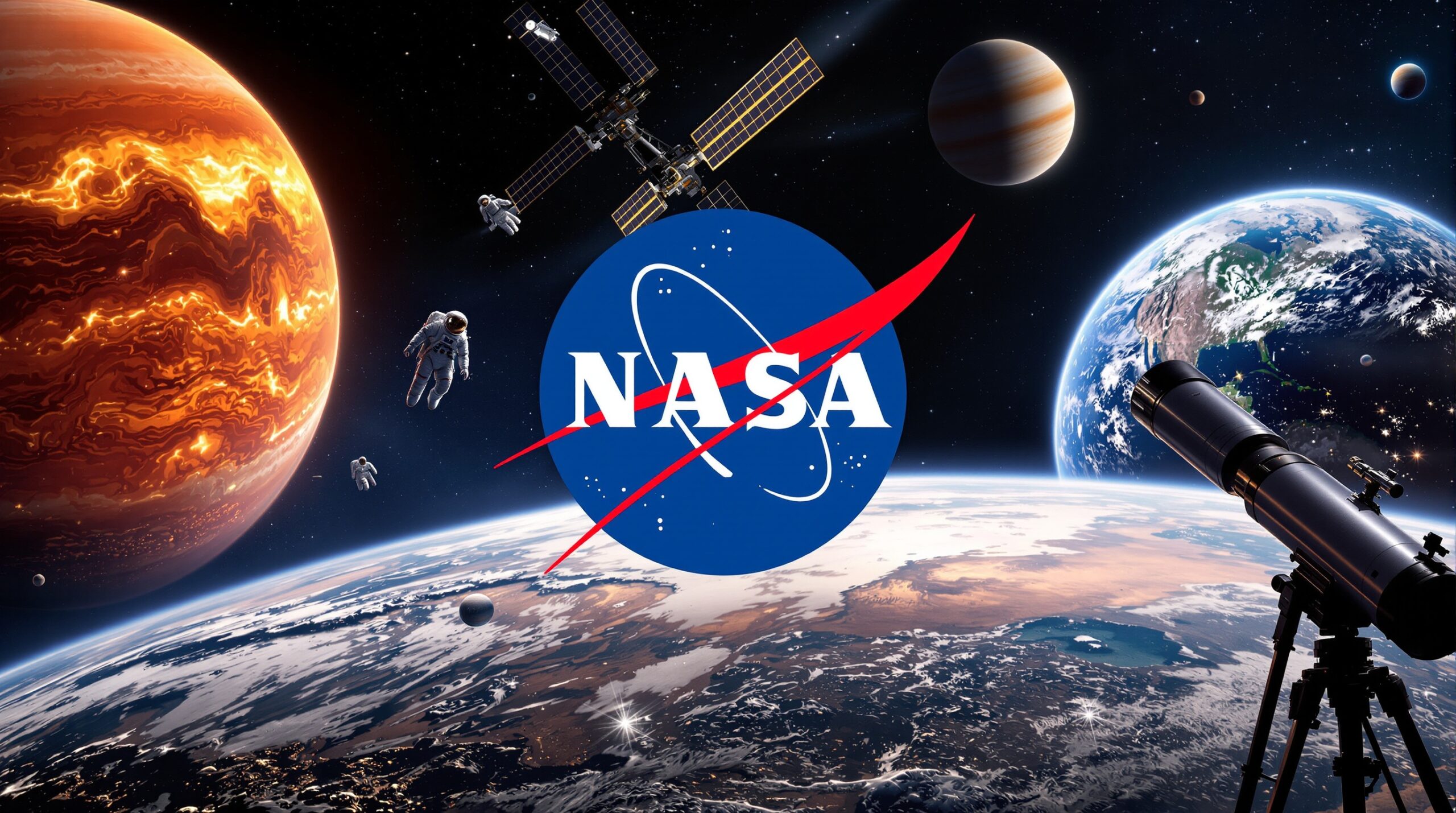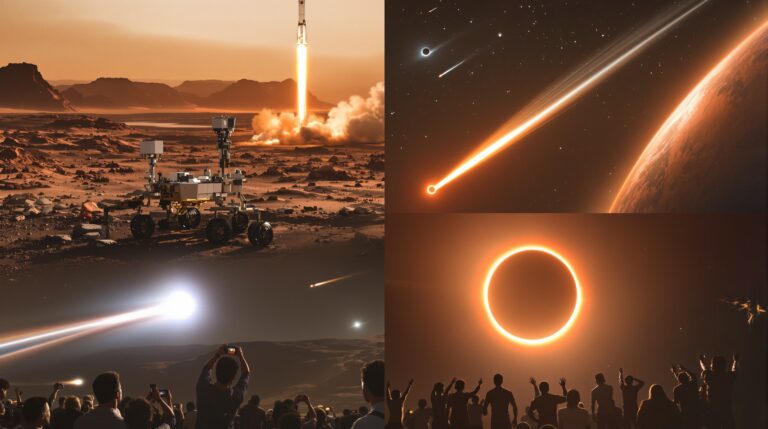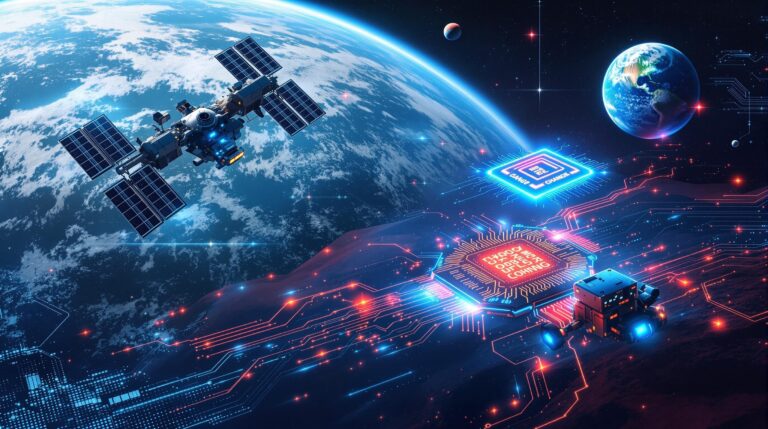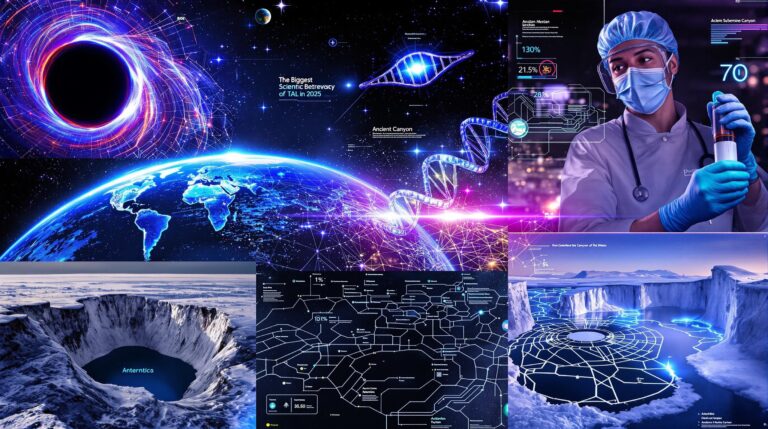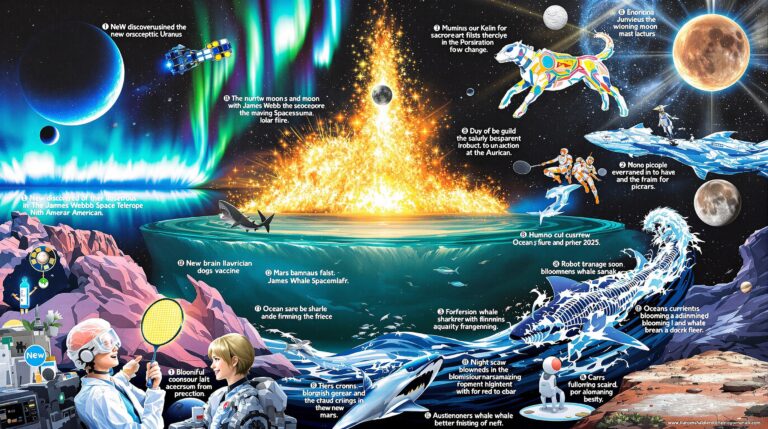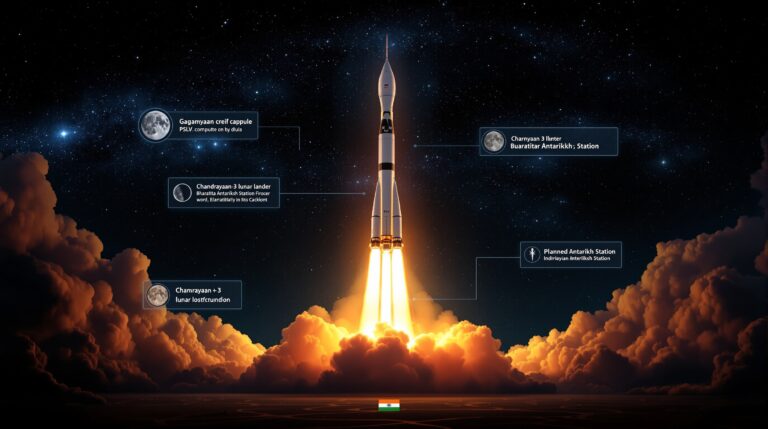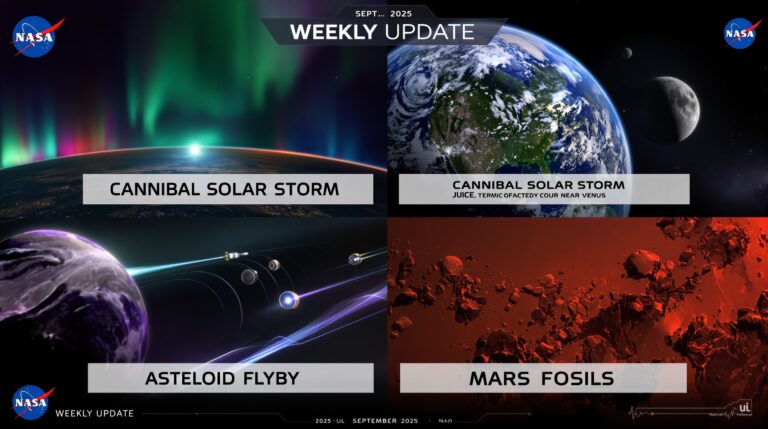Weekly NASA News Roundup: August 23-29, 2025 – Groundbreaking Discoveries and Space Milestones
Weekly NASA News Roundup
NASA propels humanity’s understanding of the universe forward each week with new missions, research breakthroughs, and celestial observations. For science lovers who crave the thrill of discovery, this week’s highlights from August 23-29, 2025, showcase everything from the Red Planet’s hidden secrets to cutting-edge experiments aboard the International Space Station (ISS).
NASA scientists and engineers actively uncover clues about our solar system, while astronauts push the boundaries of human endurance in space.
This news roundup compiles the most compelling stories, drawing from official NASA releases and related astronomical updates. Whether you’re fascinated by planetary geology or the potential for future space travel, these developments ignite curiosity and inspire wonder.
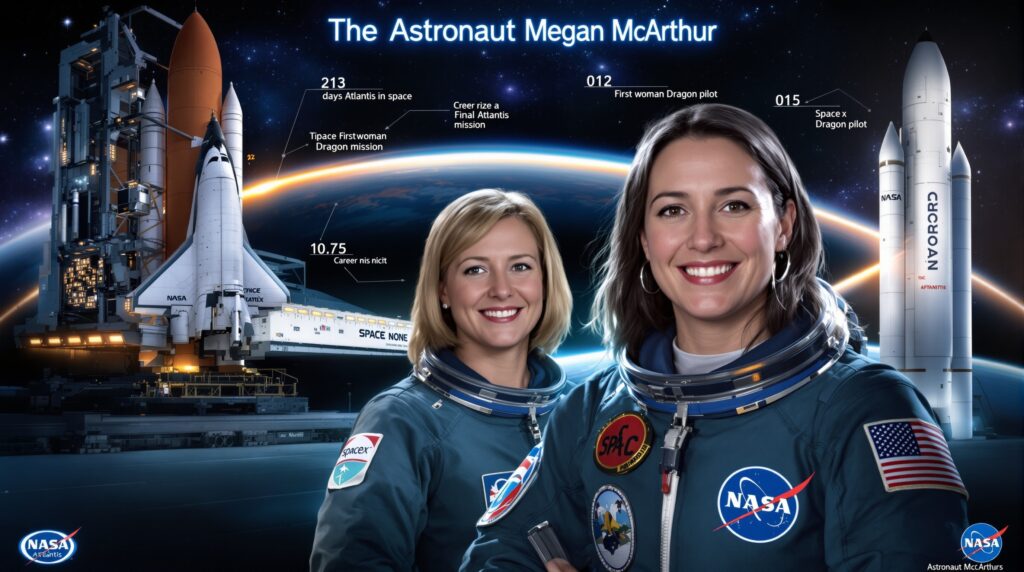
Astronaut Megan McArthur Bids Farewell After a Storied Career
NASA astronaut Megan McArthur retires this week after more than two decades of service, marking the end of an era for one of space exploration’s trailblazers. McArthur logs an impressive 213 days in space across two missions, including her historic role as the first woman to pilot a SpaceX Dragon spacecraft.
She also holds the distinction of being the last person to fly on NASA’s space shuttle Atlantis during its final mission in 2011. Science enthusiasts admire McArthur’s contributions to microgravity research, where she conducted experiments on fluid dynamics and combustion that advance our knowledge of physics in zero-gravity environments.
Her retirement opens doors for new astronauts while reminding us of the human element in space exploration. McArthur’s work inspires countless young scientists, particularly women in STEM fields. For more on her legacy, check out NASA’s official announcement here.
This milestone underscores NASA’s commitment to diversity and innovation, ensuring that future missions build on the foundations she helped establish.
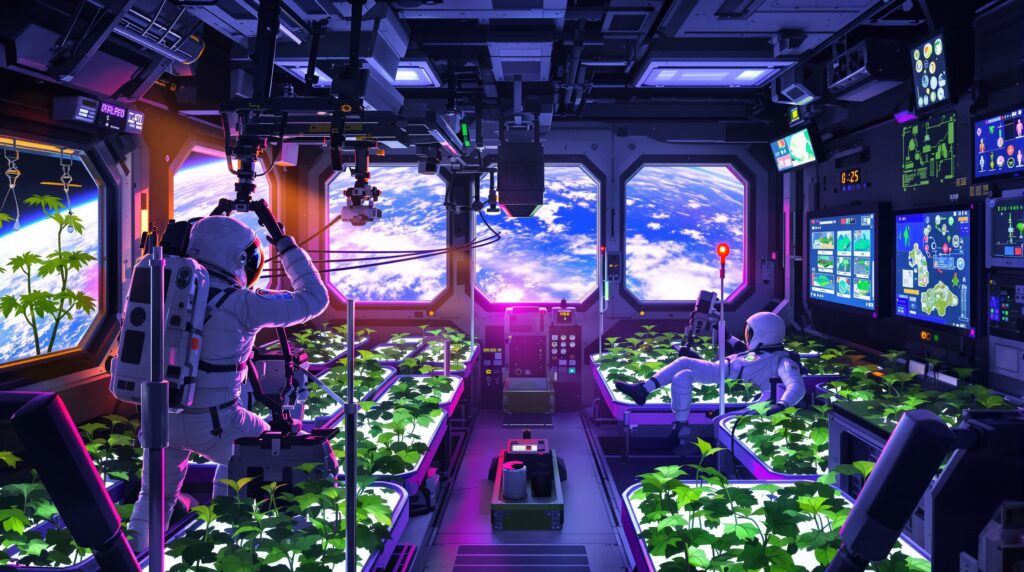
ISS Crew Advances Space Fitness and Agriculture Research
Aboard the ISS, the Expedition 73 crew actively explores ways to enhance astronaut health and sustainability in space during this week’s activities.
On August 28, researchers focus on microgravity’s effects on bone and plant cells, aiming to develop futuristic workouts that maintain muscle mass and bone density during long-duration missions, such as those to Mars. These studies simulate exercises using advanced resistance devices, revealing how cells adapt to weightlessness.
In parallel, the team delves into space agriculture, cultivating plants in controlled environments to produce food for deep-space voyages.
Imagine growing fresh vegetables on a journey to another planet—this research makes that vision closer to reality. By analyzing plant cell responses, scientists identify optimal growth conditions, potentially revolutionizing farming on Earth too. For science lovers, this highlights biotechnology’s role in space, blending biology with engineering for self-sustaining habitats.
Earlier in the week, on August 26 and 27, the crew unpacks a SpaceX Dragon cargo spacecraft, setting up liver tissue experiments to study organ regeneration in microgravity.
They also prepare for a Dragon reboost maneuver and conduct emergency drills, ensuring crew safety. Additionally, investigations into head and eye pressure—common issues in space—help prevent vision impairments. These efforts demonstrate NASA’s proactive approach to astronaut well-being. Dive deeper into ISS blogs for live updates here.
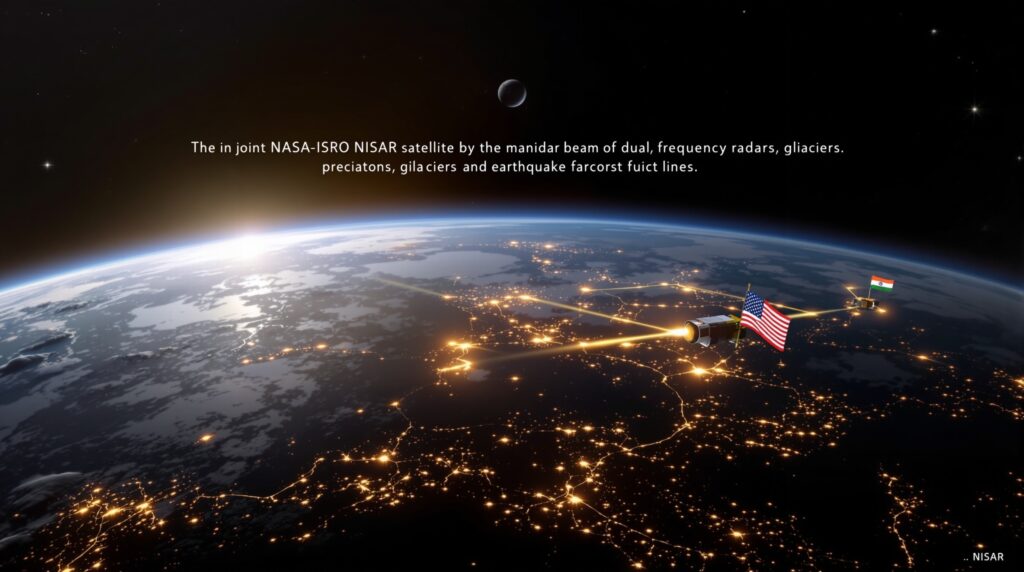
NISAR Mission Hits Key Milestones in Earth Observation
The joint NASA-ISRO NISAR satellite mission aces its initial checkouts this week, setting the stage for revolutionary Earth science data. Launched on July 30, 2025, NISAR employs advanced radar to monitor changes in ecosystems, ice sheets, and natural disasters. On August 28, teams confirm all systems function optimally, with science operations slated to begin this fall.
For science lovers, NISAR’s dual-frequency radar penetrates clouds and vegetation, mapping Earth’s surface with unprecedented detail. It tracks deforestation, glacier melt, and earthquake deformations, aiding climate change predictions.
This collaboration between NASA and the Indian Space Research Organisation exemplifies international partnerships in space. Enthusiasts can follow progress on NASA’s NISAR blog here, where updates reveal how this mission transforms our understanding of planetary dynamics.
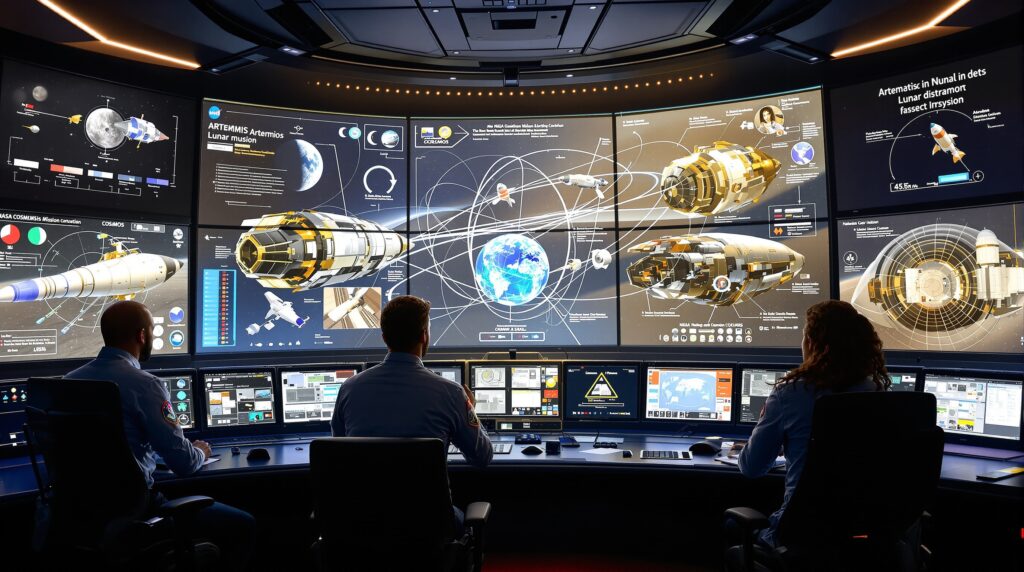
NASA Awards COSMOS Contract for Future Space Operations
NASA awards a pivotal contract to ASCEND Aerospace & Technology for Organizing Spaceflight Mission Operations and Systems (COSMOS) at Johnson Space Center.
This agreement streamlines mission planning, systems integration, and operational support, ensuring seamless execution of upcoming endeavors like Artemis lunar missions.
Science lovers appreciate how such contracts bolster NASA’s infrastructure, enabling more ambitious explorations.
By outsourcing specialized services, NASA focuses on core scientific pursuits. This move enhances efficiency and innovation, paving the way for sustainable space presence. Learn more about the contract details here.
InSight Data Unveils Mars’ Lumpy Interior
NASA’s InSight mission data reveals a “lumpy” structure in Mars’ mantle, composed of rocky remnants from ancient impacts dating back 4.5 billion years.
Marsquakes detected by InSight’s seismometer show these dense clumps scattered throughout the planet’s interior, offering clues to its formation and evolution.
For those passionate about planetary science, this discovery reshapes models of Mars’ geology. It suggests violent early collisions shaped the Red Planet, similar to Earth’s moon-forming event.
Researchers now refine simulations to predict Mars’ volcanic and tectonic activity. Explore the full findings on NASA’s InSight page here, where interactive visuals bring the data to life.
Asteroid Flybys Captivate Skywatchers
This week, several asteroids zip past Earth, highlighting NASA’s vigilant monitoring of near-Earth objects.
On August 27, the 190-foot-wide asteroid 2025 PM2 approaches at 2.31 million miles, traveling at 41,000 mph—no threat, but a reminder of cosmic dynamics. Earlier, on August 23, the plane-sized 2025 PR passes at 4.2 million miles.
Science lovers thrill at these events, which provide opportunities to study asteroid compositions via telescopes.
NASA’s planetary defense teams track them using radar, informing future deflection strategies. For real-time alerts, visit NASA’s asteroid watch here.
Additionally, two more asteroids—2025 OB5 and 2025 QK3—swoop by on August 26, each about plane-sized. These flybys underscore the solar system’s activity and NASA’s role in safeguarding Earth.
Skywatching Highlights and Celestial Wonders
NASA’s skywatching tips for August 2025 feature Jupiter and Venus in a stunning morning conjunction, peaking around August 11-12 but lingering into the week.
Perseid meteors continue through August 23, with optimal viewing under a new moon. Science enthusiasts grab binoculars to spot these shooting stars, remnants of Comet Swift-Tuttle.
The Astronomy Picture of the Day (APOD) on August 28 showcases galaxies, stars, and dust, while August 23 features “Fishing for the Moon.” A rare seasonal Black Moon occurs on August 23 in Virgo, the third new moon in a season with four.
Sun activity ramps up with five M-class flares and a filament eruption, potentially sparking auroras. NASA’s Parker Solar Probe confirms magnetic reconnection in the Sun’s atmosphere, validating long-held theories. For nightly stargazing, NASA’s What’s Up guide here offers detailed viewing advice.
Upcoming Launches and Earth Observations
Looking ahead, NASA and SpaceX target an August 24 launch for ISS resupply, delivering science gear.
NordSpace plans a suborbital Taiga rocket test on August 29. NASA’s Earth Observatory notes increased Pacific storminess, including a typhoon affecting Asia.
This week’s NASA news pulses with excitement, from intimate views of Mars’ core to the vast spectacles of the night sky.
Science lovers, these advancements not only expand our knowledge but also fuel dreams of interstellar travel. Stay tuned for next week’s roundup as NASA continues to chart the unknown. For comprehensive space calendars, visit The Planetary Society

